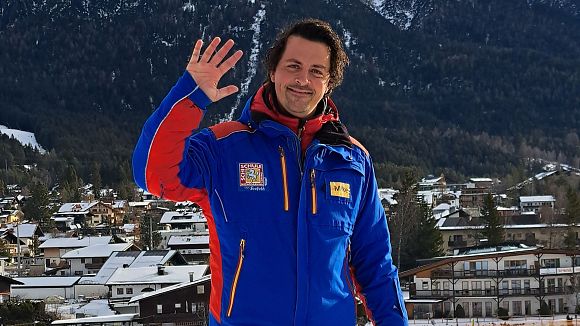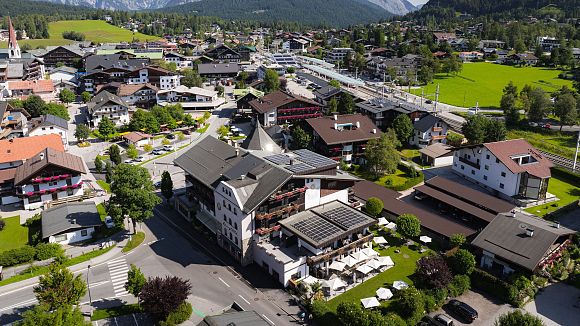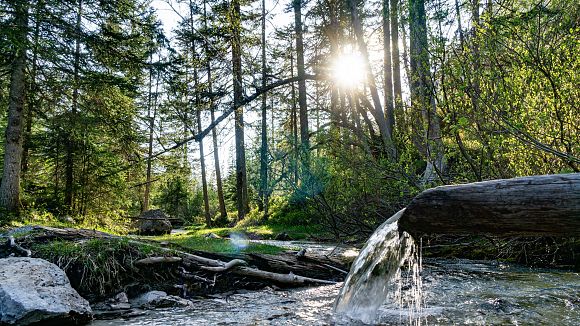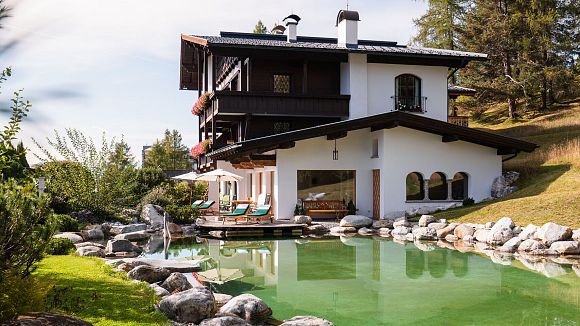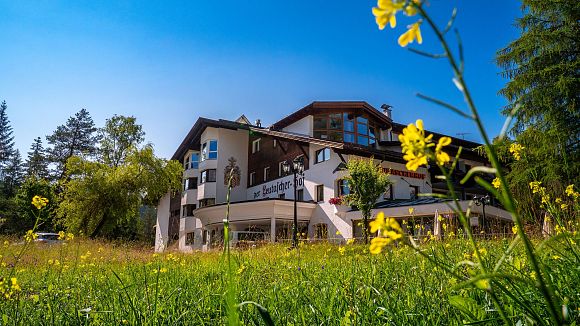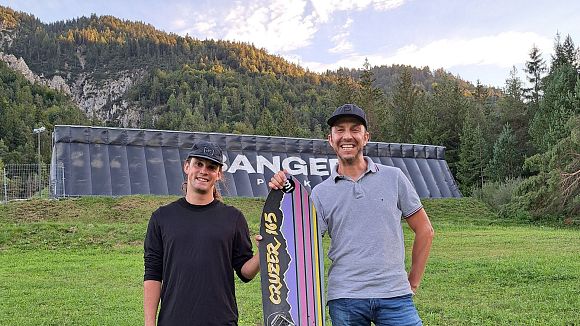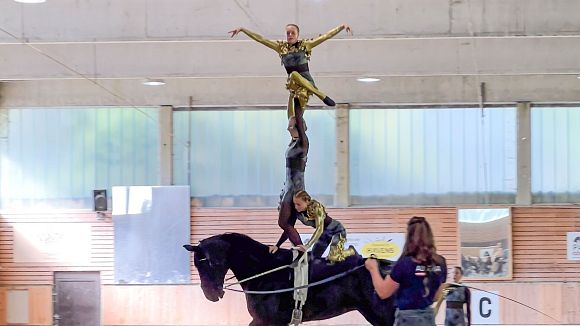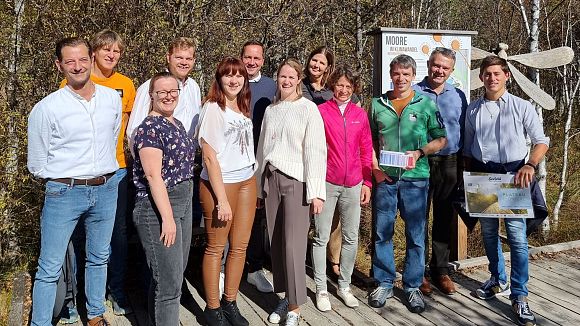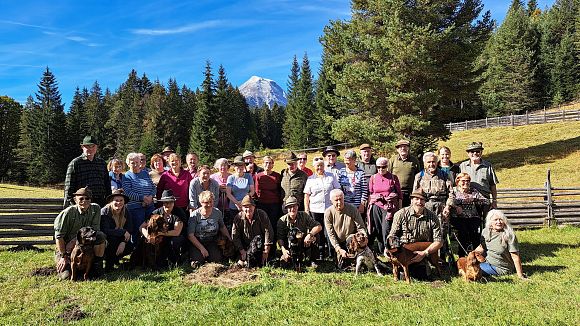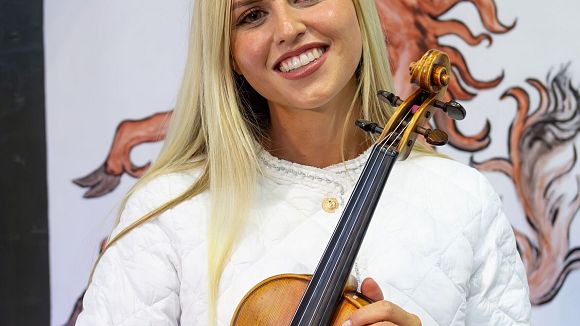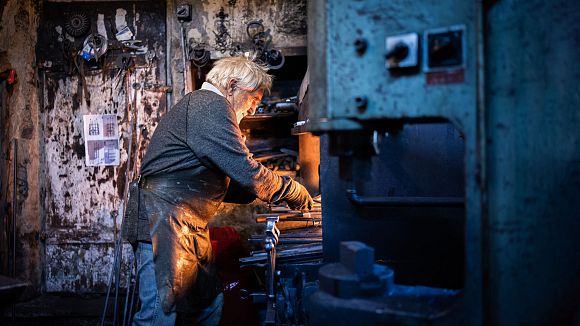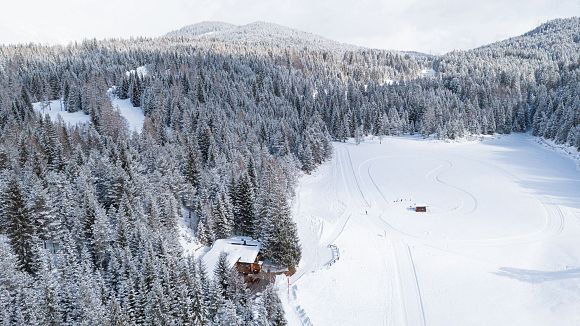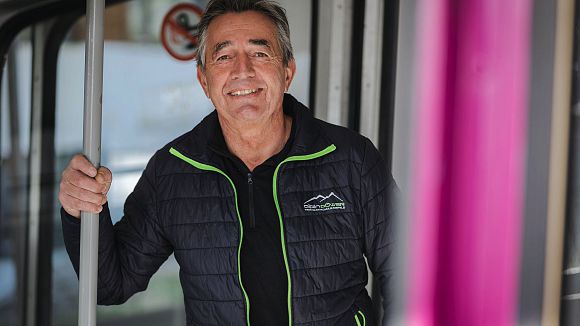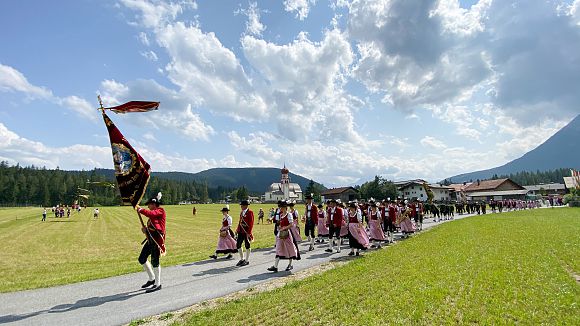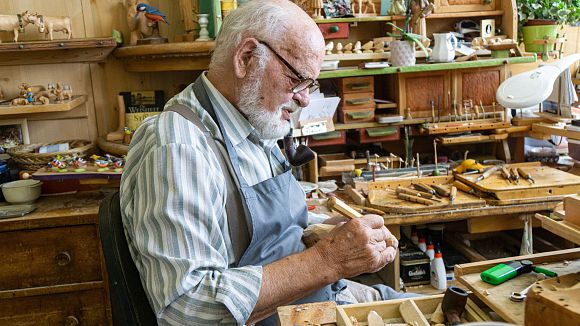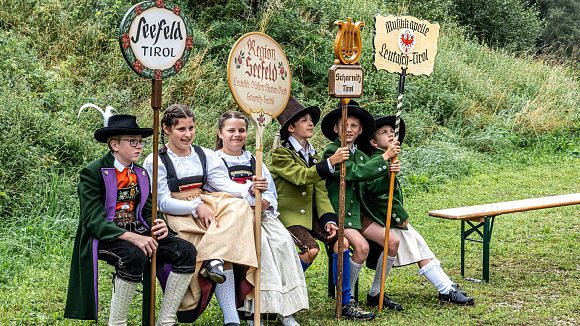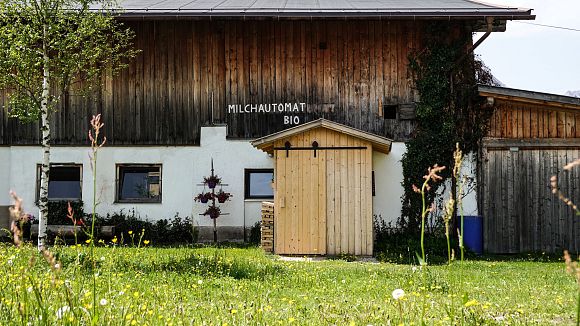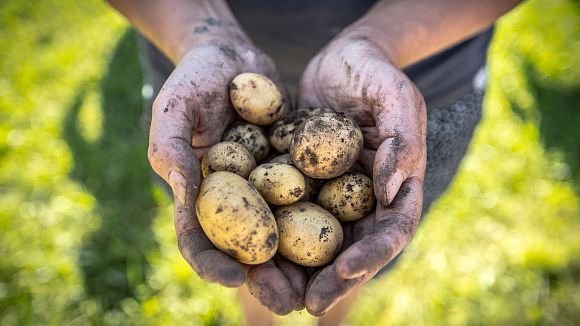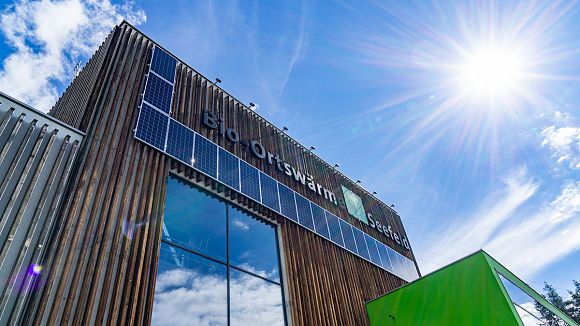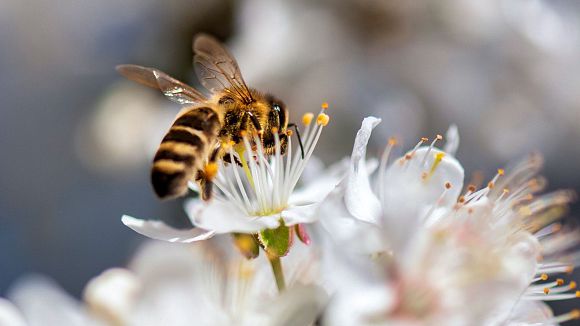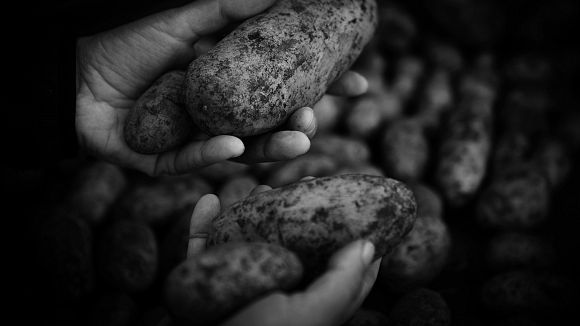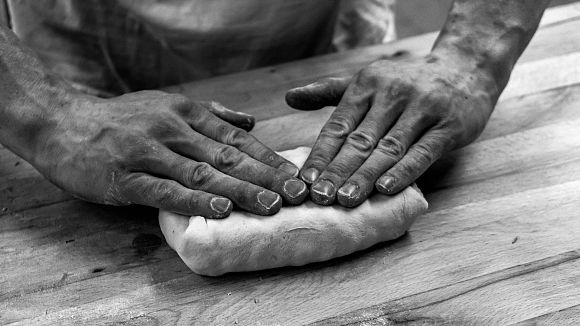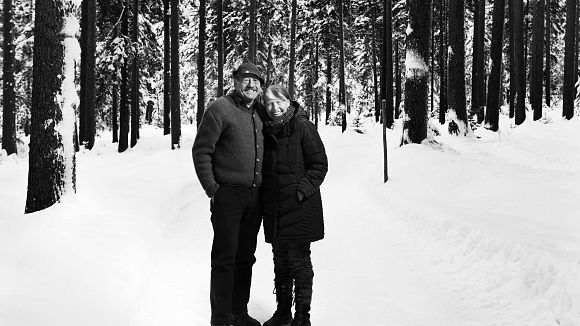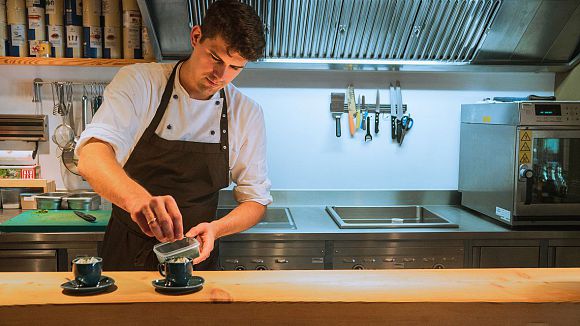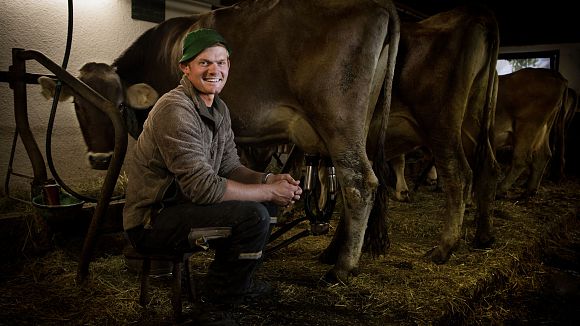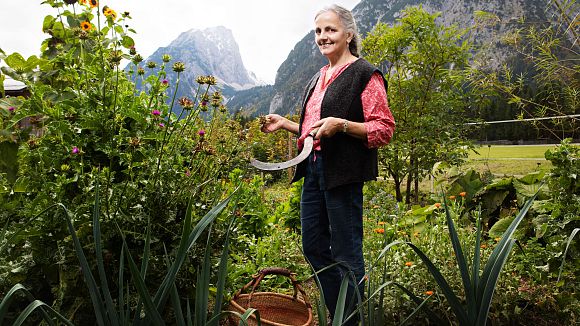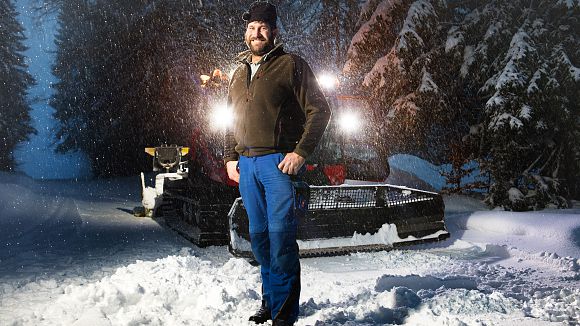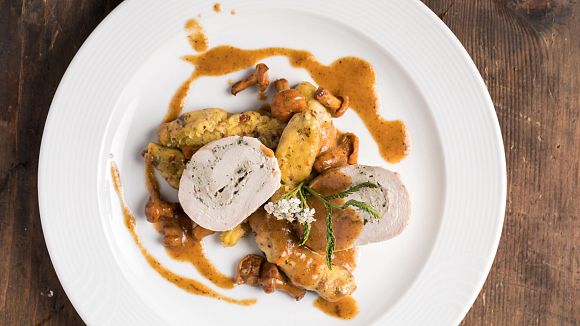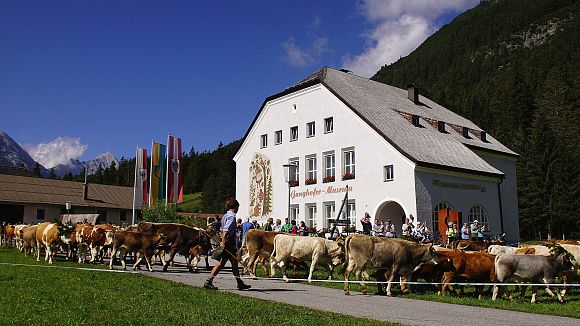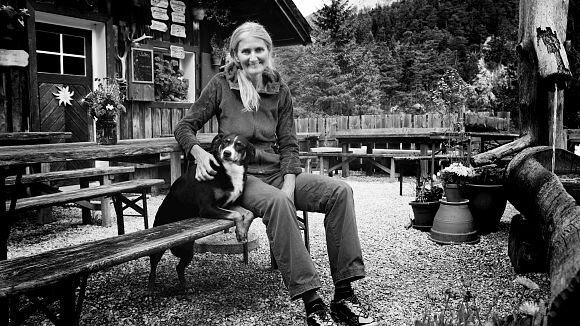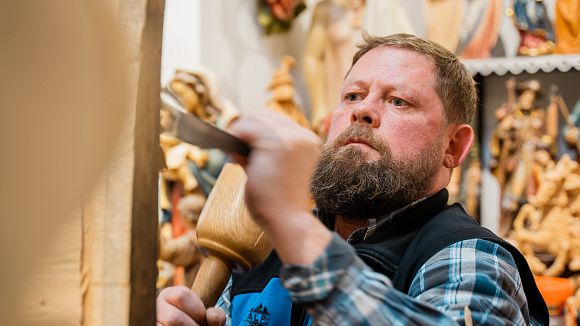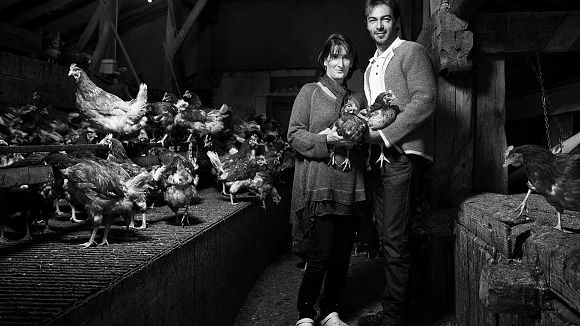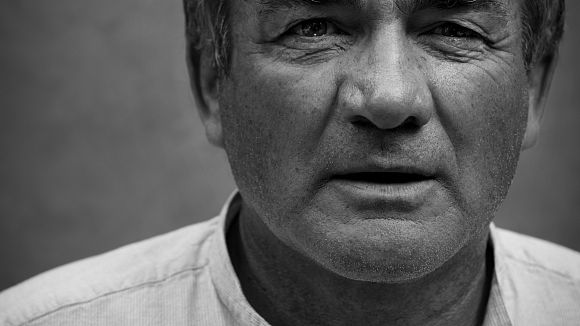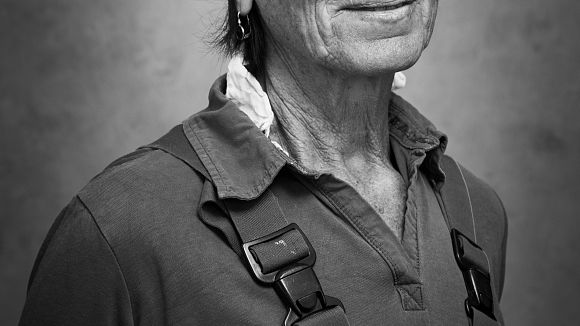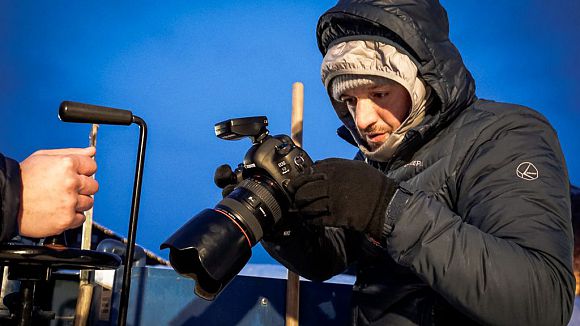
von Tessa Mellinger
May 14, 2018
TRUE LOCALS
True locals: Beekeeper Kurt Kriegl, the king of bees
Kurt Kriegl has a "sweet" hobby - in the truest sense of the word. He is a beekeeper and master of 1,000,000 bees. He cares for his bee colonies and for nature with great passion. A hobby that is rewarded not only with delicious honey, but also with happiness and satisfaction.
Honey in blood
"Just like others ski, golf or ride a bike, I have bees as a hobby!", Kurt proudly tells. He is a hobby beekeeper with a passion. But he never really chose this hobby - rather, he was born into it. "I've always had bees around me my whole life, because my father was a beekeeper," says Kurt. So he has honey in his blood, so to speak.
"Isn't that a pretty dangerous hobby?" we want to know. After all, the bee knows how to defend itself quite painfully if you get too close to it? "On the contrary!" says Kurt. Actually, it is a quite harmless and above all peaceful hobby. Kurt himself also radiates this peace - he speaks thoughtfully and calmly, with a sing-song dialect. You can imagine that the bees feel at home with him.

Beekeeper Kurt Kriegl from Reith with the bees
Black and gray, social and peaceful
"You don't need to be afraid of the bee!". In his entire life, Kurt has worn protection perhaps two or three times when working with his bees - bees only sting extremely rarely. And if Kurt does get stung, he sees it as medicine - after all, bee venom has been used for thousands of years to treat rheumatism or in heat ointments. But he does feel sorry when a bee stings him - after all, it pays for it with its life. And Kurt loves every single one of his bees. "Hardly anyone knows how intelligent and social they actually are," he says.Translated with www.DeepL.com/Translator (free version)
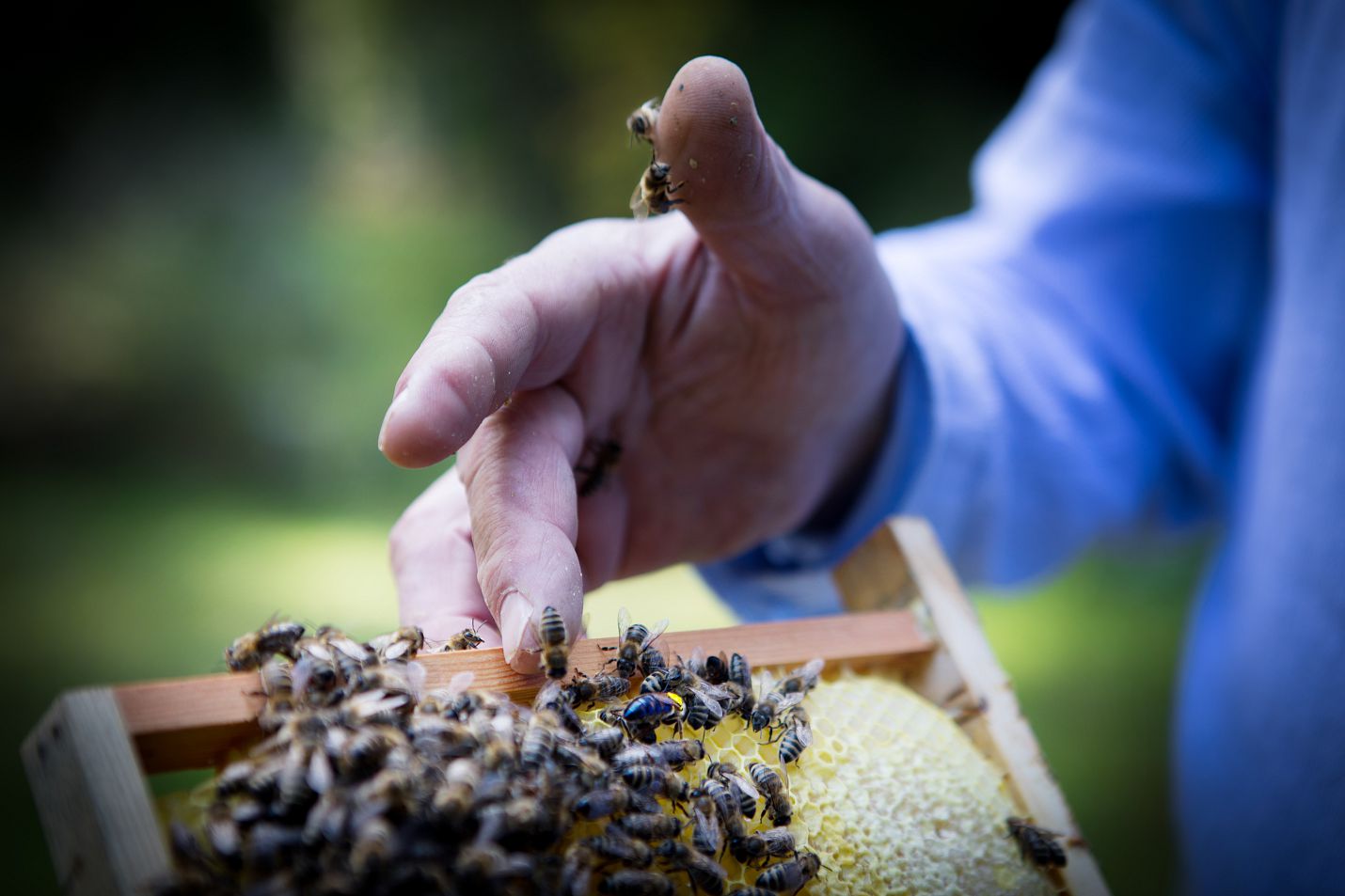
The bees of beekeeper Kurt Kriegl
Busy little bees - and a busy beekeeper
Being a beekeeper is not just about having delicious honey - that is perhaps just the icing on the cake. "A beekeeper has many tasks," Kurt tells us. First of all, he makes sure that the bees are doing well. For example, they need a hive in which they can live well all year round. In winter, there must be enough food to survive the cold months. This is especially important because honey is actually the bees' food. If the beekeeper takes this away from her, they get sugar water as a "substitute" for it. "I also always leave honey in the combs for the bees so that they can also use the valuable ingredients - always with moderation and purpose," Kurt tells us. He also makes sure that the bees find a variety of food in the summer.
He is helped in this by Burgi, his wife, who knows a lot about perennials, wild herbs and flowers that carry a lot of pollen and nectar. Burgi is an expert on plants and API medicine (Kurt explains, "This is the "medicine from the hive": pollen, propolis, royal jelly, wax, bee venom and honey"). "I couldn't do all this without their support!", Kurt is grateful. Their work also helps all the other insects: The caterpillars, butterflies, beetles and all other beneficial insects.Translated with www.DeepL.com/Translator (free version)
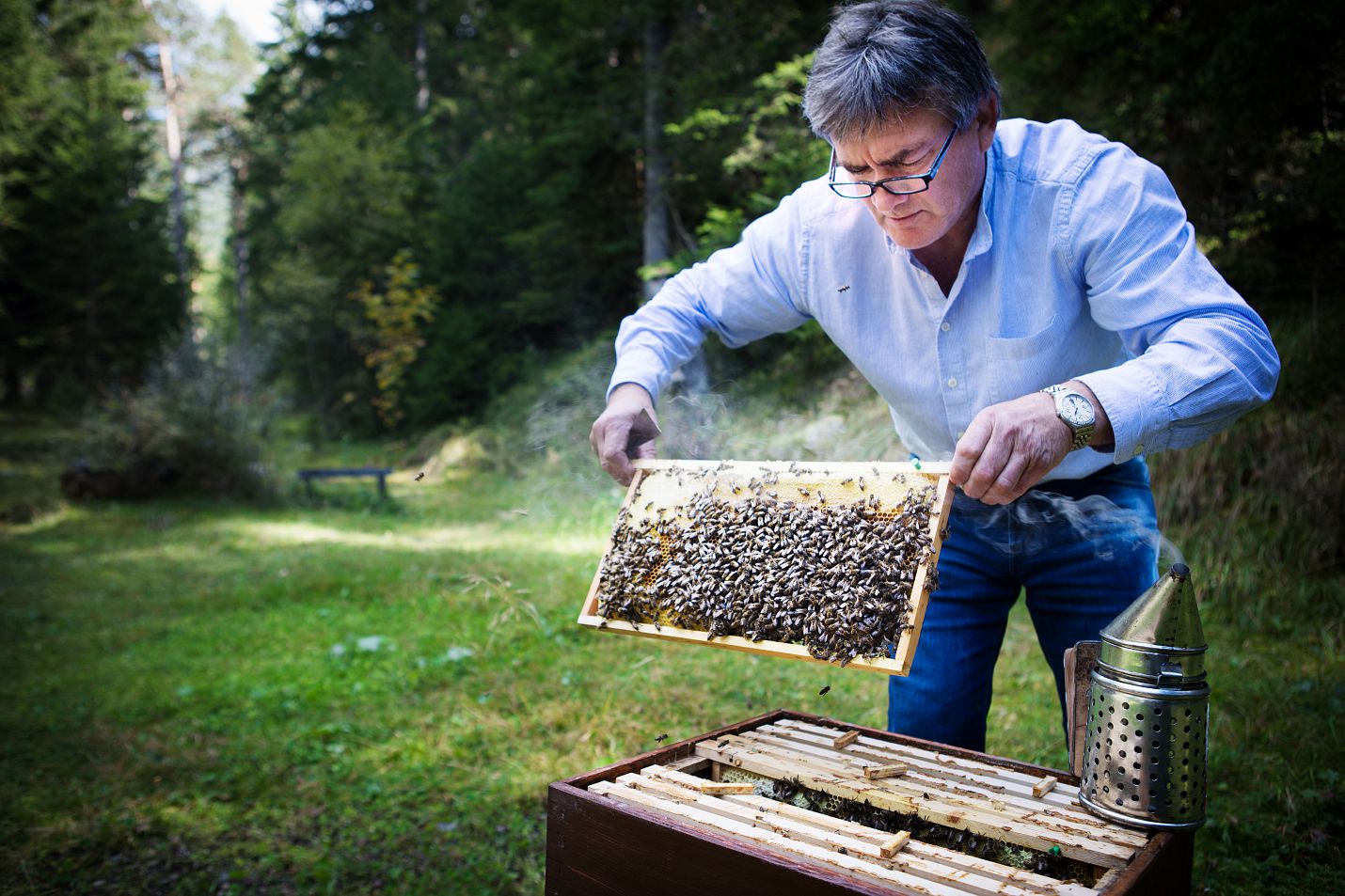
Beekeeper Kurt Kriegl with the bees
The bee in numbers
There are up to 70,000 bees in a hive - at least in summer. In winter, there are "only" about 20,000. This is because the bee colony grows in summer - almost explosively. This is because the bees are particularly industrious during the warm season, including the production of offspring. The calculation is quite simple: at her best, the queen lays 2000 to 2500 eggs per day. (That's a good 1.5 times her own body weight!) After 21 days, the bees hatch - so in summer, up to 2500 bees are born every day. So it's a huge cycle.
By the way, bees live differently depending on the season: In summer, a bee lives only about 6 weeks. At this time, it has to work a lot, fly and bring in honey. In winter, on the other hand, when it is not flying, it lives for a whole 6 to 8 months. However, the queen bee surpasses everything: she can live up to 5 years. This is due to the fact that her people take special care of her. So she is also allowed to enjoy a special food: "royal jelly," or "queen juice." This is a secretion that the bees produce in the glands on their heads. Only the best for the queen.
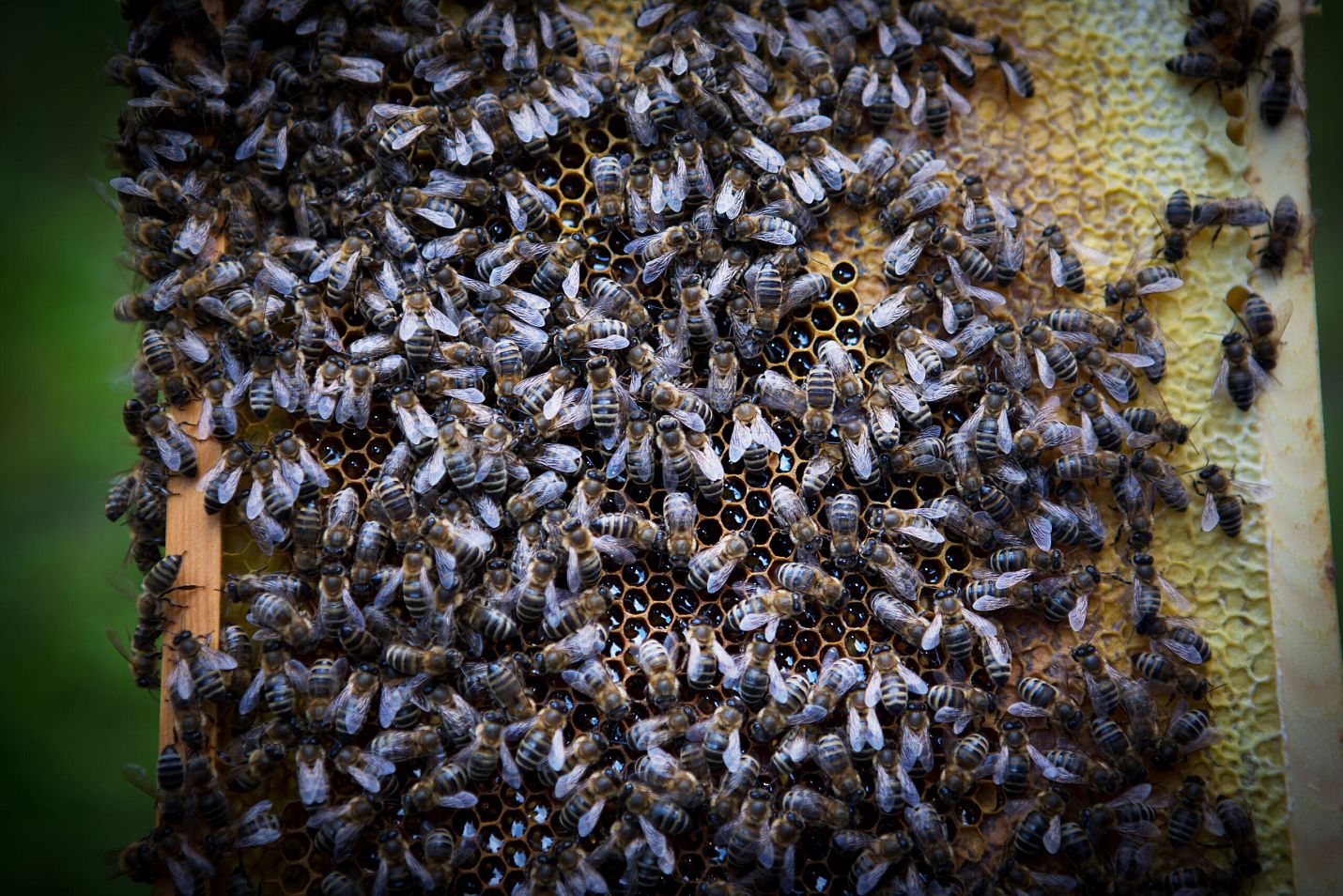
Bees from beekeeper Kurt Kriegl in Reith
Did you know that...?
The bee, the smallest farm animal in the world, is a true survivor. During hibernation, for example - there's a lot more going on in the hive than you might think. Did you know, for example, that bees form a cluster in winter to protect themselves and the queen? In the core of this cluster, it's always a cozy 25 degrees. The queen sits there and is fed by the workers. There is always movement, so that all the bees get to the warmer and the food. So even temperatures of -25 degrees Celsius don't bother the bees at all!
And did you know that the bee is a master in orientation? Each queen bee emits its own pheromone that reflects its vitality - and provides its very "own" scent. Thus, even among many hives, each bee still finds the small entrance to its own colony. True wonders, the little bees!
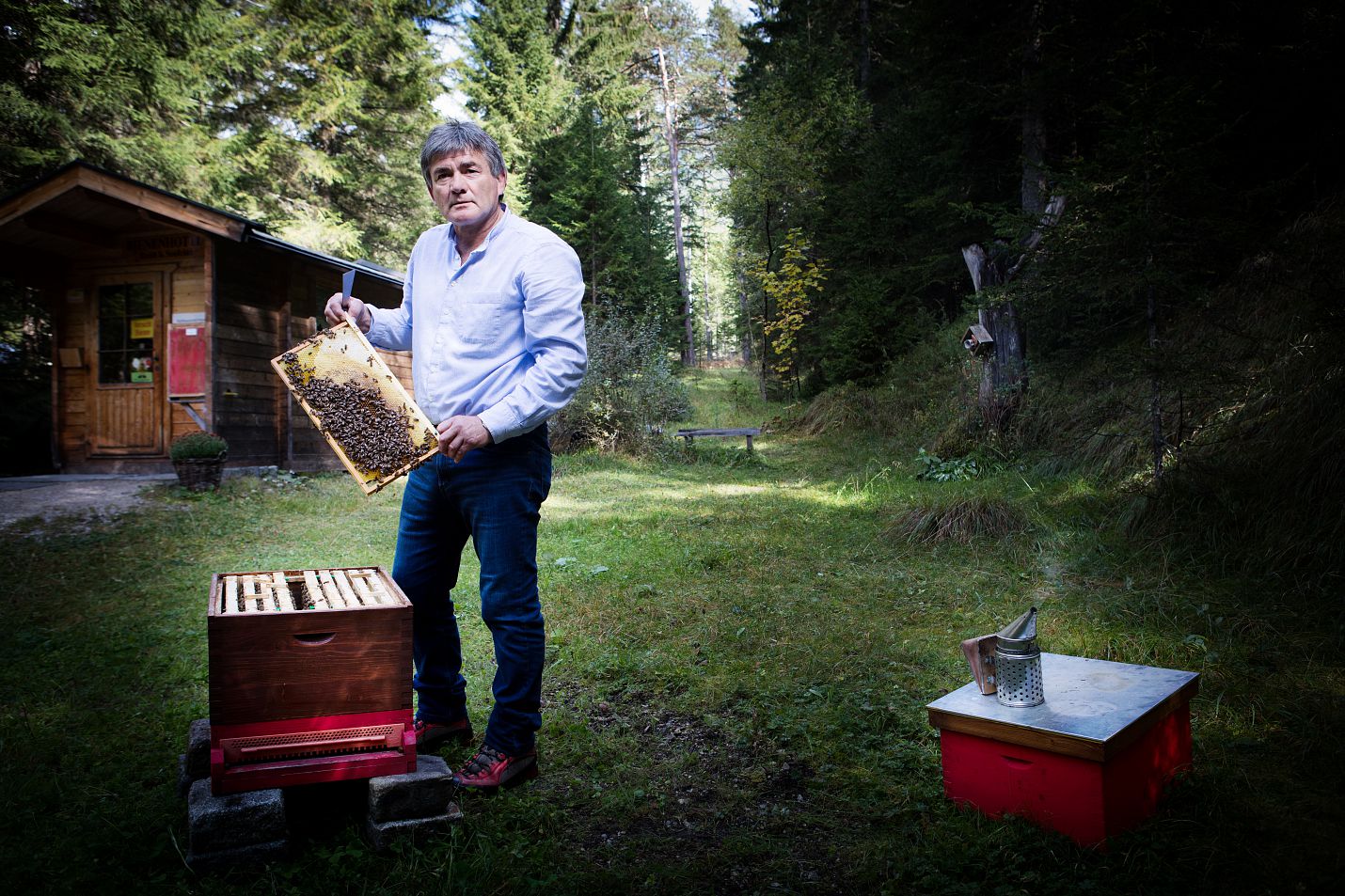
Regions Originals - Beekeeper Kurt Kriegl
The bee in danger: bee mortality
Bee mortality is no longer a myth, but a reality that has also reached the bees in Europe. For several decades, beekeepers have observed that entire colonies of bees are dying and the bee is in danger. But what is the reason for this? Several factors have contributed to this. "One of them is certainly the pesticides and glyphosate. These are neonicotinoids, which are nerve agents used in agriculture to control insect infestations," Kurt explains. These pesticides also harm all beneficial insects - not just bees, but butterflies, beneficial beetles and many others.
Another reason for bee deaths is the Varroa mite. "This is a type of spider that attacks the bee. You can think of it like a tick on us humans," Kurt explains. The varroa mite sucks on the bee, poisons its bloodstream and also introduces viruses. That's why beekeepers must protect their colonies from varroa as best they can. However, the wild bee swarms are on their own: No one can protect them from the deadly mite.
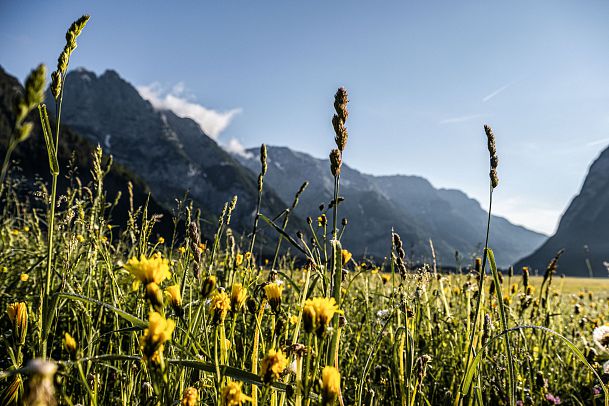
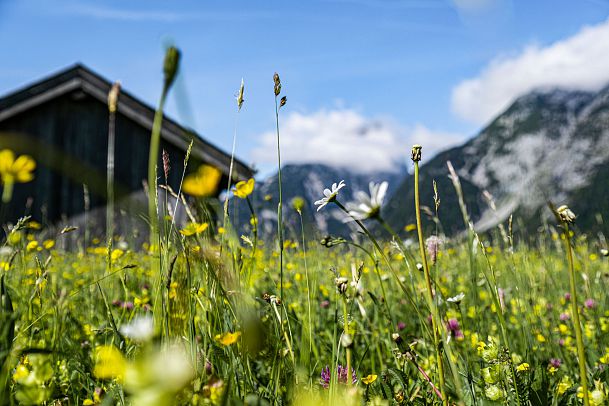
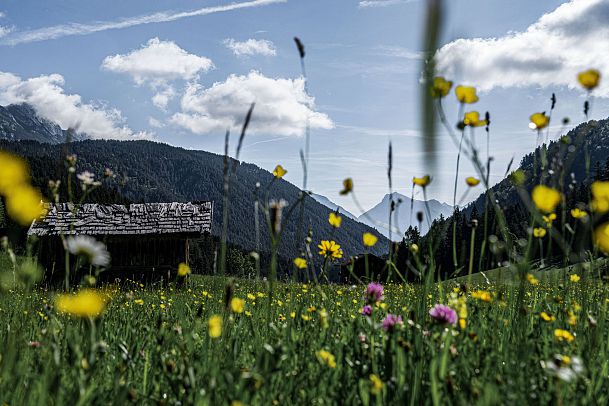
Bee mortality: What we can do
But is there anything we can do to help the bees? The good news is: Yes. And even better, it's easy! If we plant flowers in our gardens and on our balconies that provide food for the bee, a lot is already done. The rule is: anything that "has unfilled flowers", that is, brings a lot of pollen and nectar, is good. Annual plants, on the other hand, are useless. "My saying is always: courage to be messy!" says Kurt. "A bissal a disorder is happiness for many living things!". Besides, we amateur gardeners can save on the poisons and leave a few wild plants and herbs. The stinging nettle, for example - it is the food plant of many butterfly caterpillars and even healthy for us humans, as soup, spinach, or the seeds for example in salad.
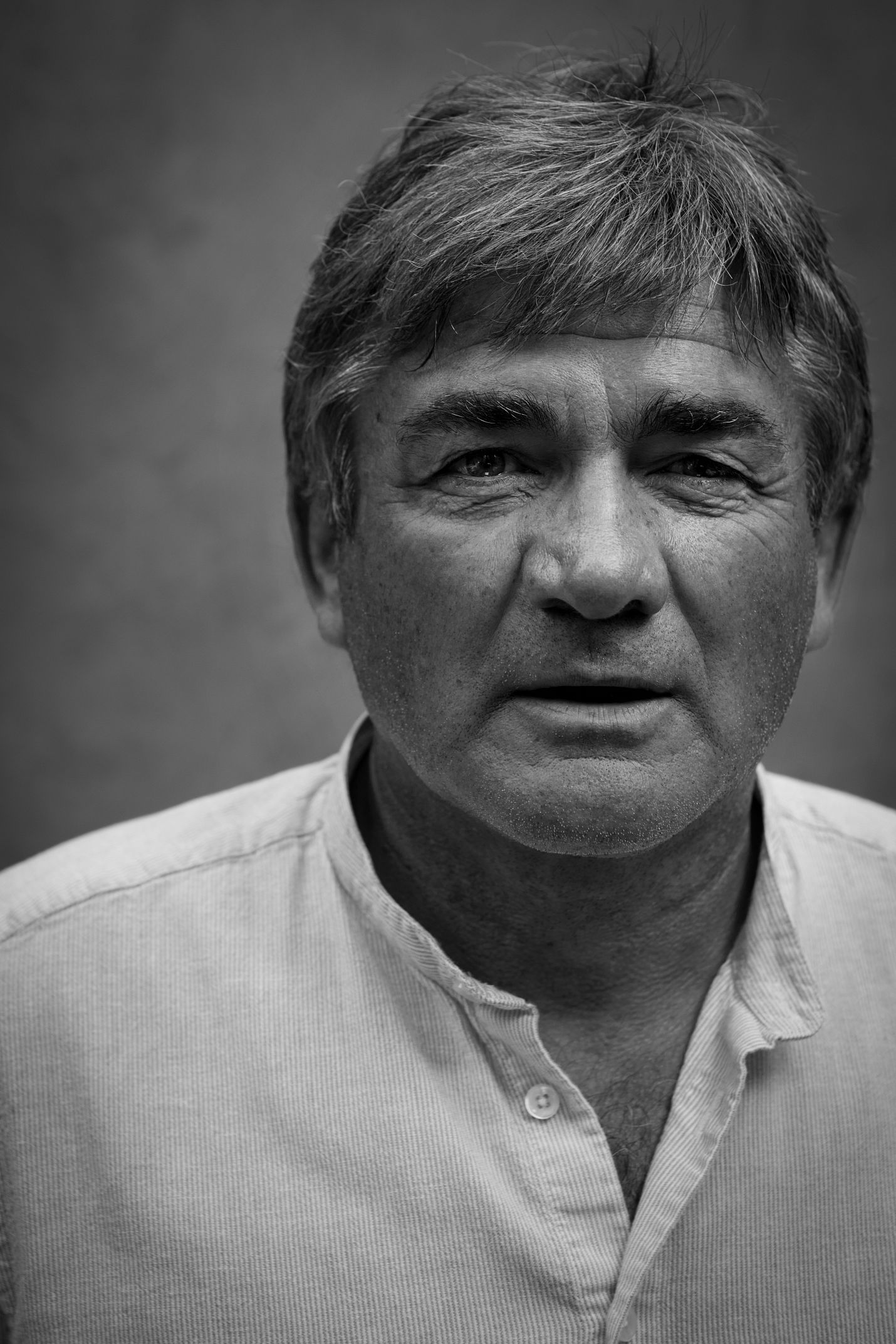
Potrait of beekeeper Kurt Kriegl
Awareness for the environment
"I wish people would be more aware of nature and less afraid of insects!" says Kurt. "It's nice to be able to stop and enjoy nature.". Maybe we can take that to heart on our next walk or hike and keep our eyes and ears open. Who knows, maybe we'll see bees flying over the meadows, a butterfly spreading its wings, a beetle making its way over hill and dale, an earthworm disappearing into the earth ... and so much more that we might otherwise miss!
Blog Tags
Share
